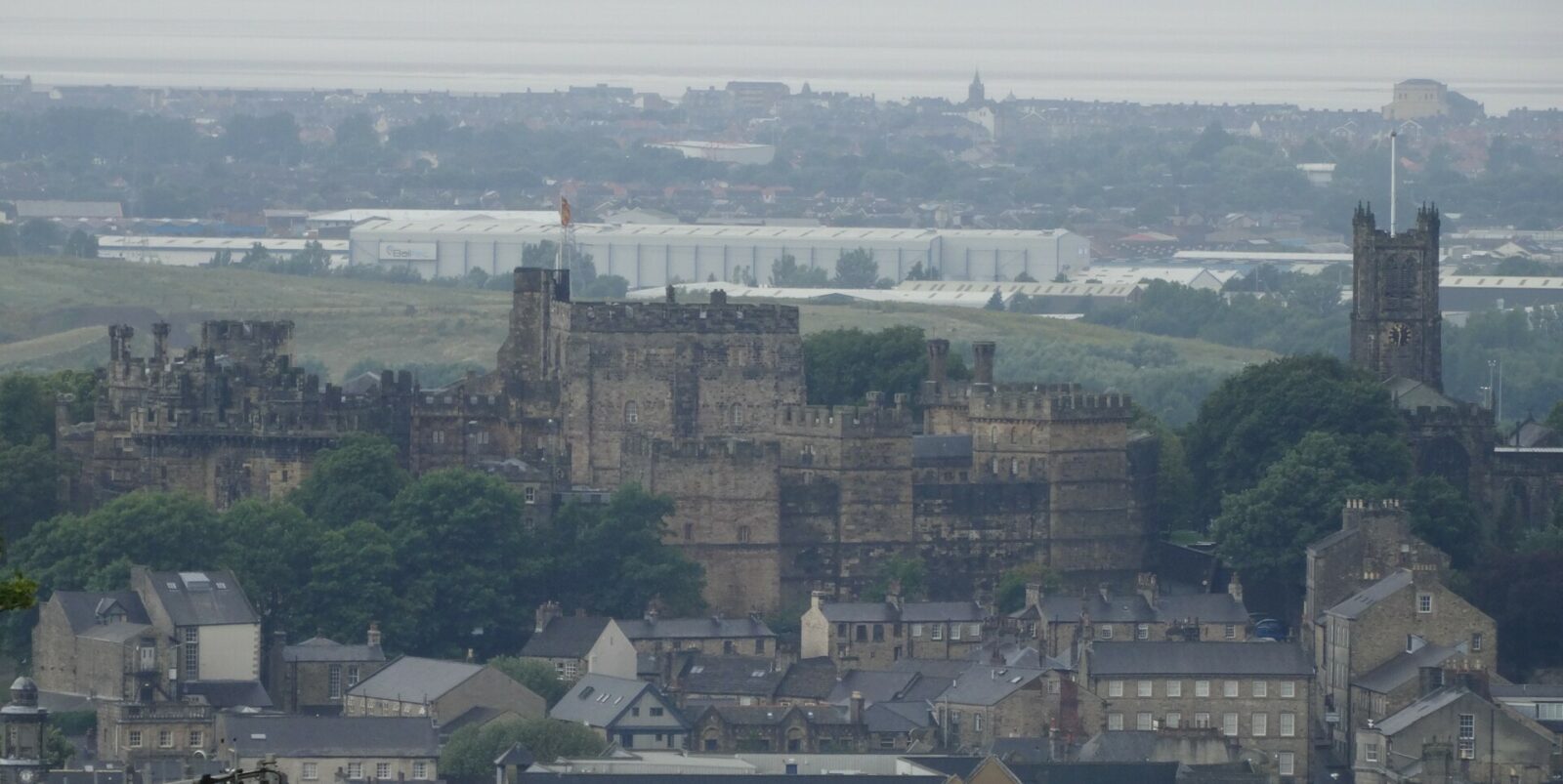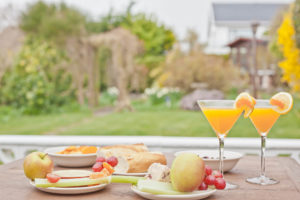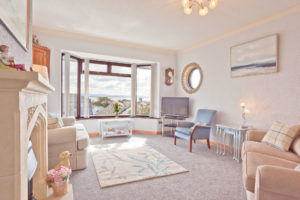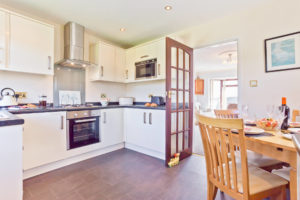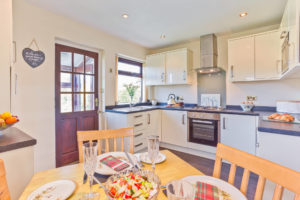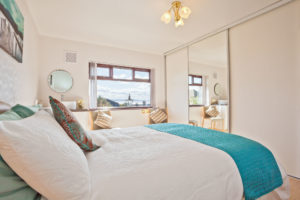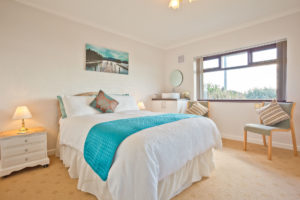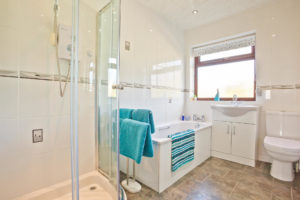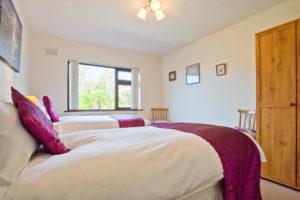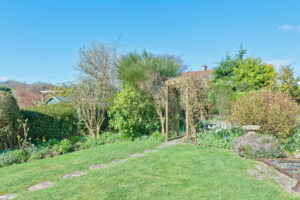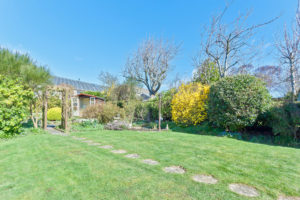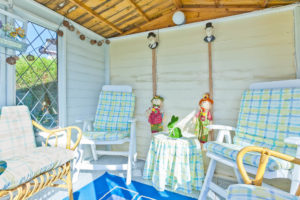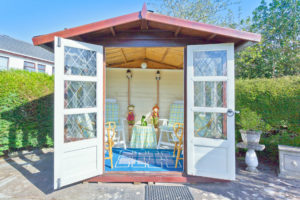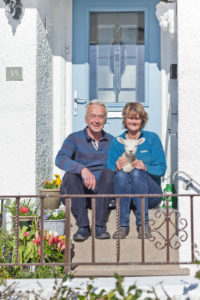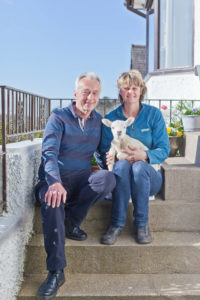Lancaster Red Rose City
Lancaster, the Red Rose City, is a historic city in the county of Lancashire, England. It is situated on the River Lune, about 12 miles (19 km) from the coast. Lancaster has a population of over 50,000 people.
The city is known as the Red Rose City because of its association with the House of Lancaster, which used the red rose as its emblem during the Wars of the Roses. Lancaster was the birthplace of Henry IV, the first Lancastrian king.
Lancaster boasts a history that spans centuries, evident in its well-preserved medieval architecture and historic sites. Dominating the city’s skyline is Lancaster Castle, a medieval fortress with roots dating back to the 11th century. The castle has served various roles throughout history, including as a prison and a court, and today, it stands as a testament to Lancaster’s storied past. Visitors can explore its impressive grounds, wander through the courts, and absorb the tales that echo within its walls.
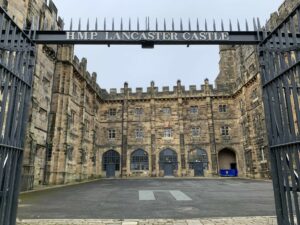
The city’s historic heart, anchored by the Lancaster Priory, showcases a blend of architectural styles, from Georgian townhouses to medieval structures. The Priory, founded in the 11th century, is a magnificent example of medieval religious architecture and provides a serene setting for reflection.
The Town Hall
In 1904 it was decided to construct a new town hall and plans were drawn up. Construction work began in 1906 and was undertaken by Waring & Gillow.
Additionally, the stained-glass windows were created by a local company – Shrigley & Hunt.
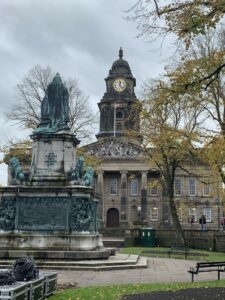
The new town hall was officially opened by Lord Ashton on December 27th, 1909, and housed the council departments, police station, and magistrates’ court.
Dalton Square
Dalton Square is a historic square in the heart of Lancaster.
It was laid out in 1784 by John Dalton, a local physician and scientist, and named after his family.
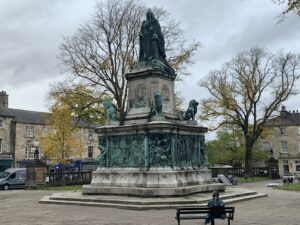
The square is a popular spot for tourists and locals alike and is home to a number of notable buildings, including the Grade I-listed Lancaster Town Hall, the Grade II-listed Palatine Hall, and the Grade II-listed No. 2 Dalton Square.
Skerton Bridge
One of the most important bridges connecting Lancaster is the Skerton Bridge. This five-arch road bridge carries the southbound lanes of the A6 road over the River Lune.
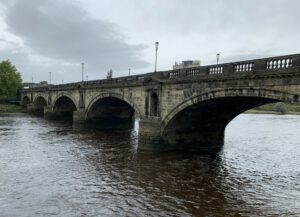
It was designed by Thomas Harrison and completed in 1788, and is recorded in the National Heritage List for England as a designated Grade II* listed building and Scheduled Monument.
The first bridge at Skerton was built in the 13th century, but it was washed away by floods in the 16th century. A second bridge was built in the 16th century, but it was also damaged by floods in the 17th century.
The current bridge was designed by Thomas Harrison, with the first stone being laid in June 1783 with the completed bridge finished in September 1787 at a cost of £14,000.
Lune Aquesduct
The Lune Aqueduct carries the Lancaster Canal over the River Lune.
It was designed by John Rennie and completed in 1797.

The total cost of construction was close to £50,000.
Lancaster Canal and Quays:
For a leisurely stroll through history, head to St George’s Quay along the Lancaster Canal. The quayside area boasts charming warehouses, historic pubs, and a tranquil waterfront atmosphere.
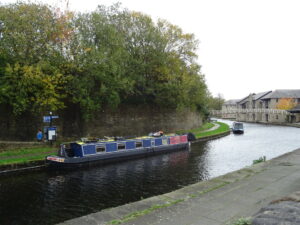
Take a canal boat tour for a unique perspective of the city, gliding through locks and under charming bridges that harken back to the industrial era.
Lancaster Canal was originally planned to run from Weshoughton near Bolton in Lancashire to Kendal.
However, the section around the crossing of the River Ribble was never completed.
Cultural Hub:
Lancaster’s cultural scene is vibrant, with theaters, galleries, and museums enriching the cityscape. The Dukes, a contemporary arts venue, offers a diverse program of film screenings, live performances, and art exhibitions.
The Lancaster City Museum, housed in a former town hall, provides a fascinating journey through the city’s history, showcasing artifacts and stories that bring the past to life.
Lancaster University:
Home to one of the UK’s top universities, Lancaster is a hub for academic excellence. The university’s modern campus is complemented by lush green spaces, including the stunning Williamson Park. The park features the Ashton Memorial, a grand Edwardian folly offering panoramic views of the surrounding countryside.
Lancaster’s Culinary Delights:
Food enthusiasts will find delight in Lancaster’s culinary offerings. From traditional British fare in historic pubs to international flavors in contemporary eateries, the city’s dining scene is diverse and enticing. Don’t miss the chance to explore local markets, such as Lancaster Charter Market, for a taste of fresh produce and artisanal treats.
Conclusion:
Lancaster, UK, invites visitors to step into a city where every cobblestone tells a story and where the echoes of the past harmonize with the energy of the present. Whether you’re exploring medieval castles, immersing yourself in cultural experiences, or savoring local cuisine, Lancaster is a city that captivates with its unique blend of history, culture, and modernity. As you traverse its streets and soak in its atmosphere, you’ll discover that Lancaster is not just a destination—it’s a journey through time, a celebration of heritage, and a vibrant tapestry of English life.
If you are looking for a holiday cottage within easy reach of Lancaster enquire here.
